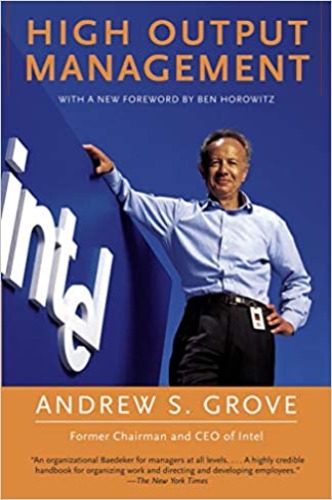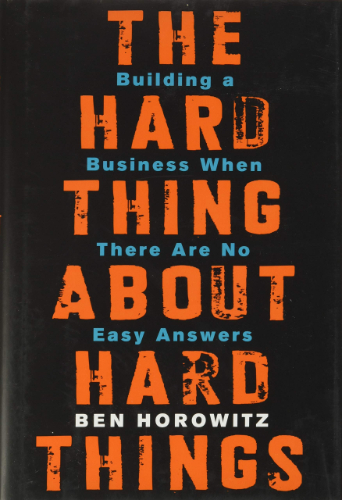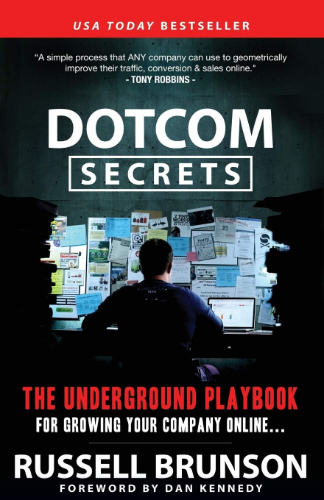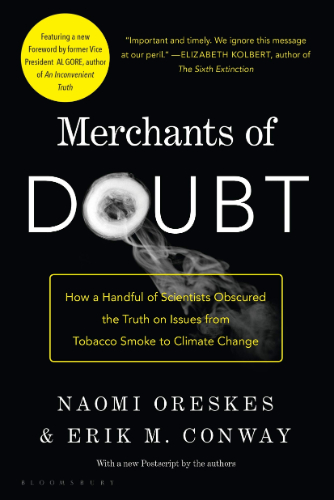Ready, Fire, Aim by Michael Masterson: Summary and Notes

One sentence summary: Ready, Fire, Aim is a set book on business strategy to guide you on your entrepreneurship journey no matter the growth stage.
One Paragraph summary: In Ready, Fire, Aim Michael Masterson shares his wealth of experience in running multi-million dollar businesses. His main idea is that once you have a viable idea, get started on it with speed. The market will tell you the rest.
Favorite quote from the author:
Ready, Fire, Aim Robert was an excellent read for several reasons. First, Masterson is a skilled writer. It makes sense, given his background is in newsletter writing. Secondly, the book has excellent business tips. Masterson is, after all, an experienced entrepreneur with many thriving businesses under his belt. He is the kind of guy you want to listen to when starting something.The following are the main lessons I was able to draw from the book:
Main Takeaways from Ready, Fire, Aim by Michael H.
The three most important decisions in life
There are four stages to a business
What every business needs
The rules of entrepreneurship
The Principle of one step removed
Ready, fire, aim
Lesson 1: The three most important decisions in life
Masterson says there are three crucial decisions in life: What you do, where you do it, and who you do it with. To begin, your job should give you satisfaction and that's why you need to choose your career carefully. You must also consider who your co-workers are and whether or not they help you advance, and finally, your working environment should be conducive.
Although the above three things are the most essential, it is also necessary to control the hours you work. Having control over these things will lead to a balanced life. Masterson implies that the life of an entrepreneur is challenging and often requires working long hours, but at the same time, it is deeply rewarding. At the young age of 39, he retired because he put in the hours in his younger days. When he returned to entrepreneurship again at the age of 50, he did so because he loved what he was doing, and that's the big idea — follow your passion, and the entrepreneurship journey will be smoother.
Here are some characteristics of entrepreneurs:
-
They are attracted by challenges
-
They are good at analytical thinking
-
They are good at sales
-
They are well organized
-
They enjoy leadership roles
-
They are passionate about ideas
-
They are good at taking initiative
Lesson 2: There are four stages to a business
Masterson says every business goes through four stages
-
The first stage is starting out. This stage involves taking the business from zero to $1 million in revenue
-
Stage two is the fast growth stage which involves growing the business to a revenue of about $10 million dollars and a profit of $1 to $2 million
-
Stage three involves raising the business to over $10 million threshold in revenues and a profit of $5 million
-
The fourth stage is the maturity stage, and it involves taking the business from revenues of $50 million to over $100 million
Each of these stages presents different challenges and opportunities. In the first stage, the main problem is that you don't know what you are doing as an entrepreneur, and the challenge is to make a profitable sale. The opportunity at this stage is achieving a minimum critical mass of customers.
To measure product clock speed, consider products launched by different industries. For example, Boeing's rate of new product launch is slightly under two per decade. On the other hand, a major movie studio like Disney might churn out a few dozen products a year.
Here are the three most important things at this stage:
-
Get the product ready to sell it but don't worry about perfecting it
-
Sell it
-
If it sells make it better
Things are a bit different at the second stage, with the main challenge being creating additional, profitable products quickly. The opportunity here is to increase cash flow and become profitable. When the business is really big at the third stage, the challenge is to find new investment opportunities. The main problem here is that the systems are strained, and the customers are noticing. The challenge here is to turn chaos into order. The final stage is adulthood. At this stage, the business is making over $50 million in revenue, and the challenge is to become entrepreneurial again while the opportunity is to make the company run itself.
Lesson 3: What every business needs
For a business to grow to over $100 million, it must be terrific at a couple of things:
-
Coming up with new and useful idea
-
Selling products profitably
-
Managing processes and procedures efficiently
-
Finding great employees to do the work
-
Getting people, procedures, products, and promotions going
The entrepreneur is the main determinant of the above sources of strength. In the past, it was assumed that character traits were fixed and there was no way one could grow beyond a certain disposition, but we now know there is no limit to what you can be.
Entrepreneurship in particular, provides an excellent learning ground because businesses provide feedback via customer interactions. The intelligent entrepreneur takes the feedback and draws lessons from it. Books such as Hacking Growth and Traction say the same thing. Masterson puts it best when he says:
“My experiences prove that you don’t need a preponderance of natural skills to start or grow a successful business. What you need is a little knowledge and a handful of tricks. The knowledge has to do with what problems, challenges, and opportunities you must pay attention to at any given moment in your business’s development.”
Lesson 4: The rules of entrepreneurship
The number one rule of entrepreneurship states as follows: Without sales it is very hard to sustain an ongoing business. Other business functions are important, but sales are what sustains everything. A business without sales is nothing more than unproven ideas you are spending money on. The ideas may be good or terrible, but you will never know without putting them to the test. The crucial feedback loop is the interface between the customer and the client.
Masterson advises upcoming entrepreneurs not to lease office space or buy furniture before confirming their first sale. Otherwise, they may just be throwing money away. Selling should be your number one priority, which means spending most of your marketing and sales-related activities. You don't have to be the one doing everything but when it comes to sales make sure that you are there every step of the way.
As your number one activity, you should commit at least 80% of your efforts to the sales process. Everything else, including things like product design, should only take 20% of your time and effort. You don't have to have everything right on the go; for some businesses like car manufacturing, that's okay, but many forms of entrepreneurship can start with a just okay service.
Masterson cautions aspiring entrepreneurs against being arrogant and insistent that customers will love their products because it doesn't happen that way.
“Wise business owners know that they cannot determine the goodness of an idea until they try to sell it. So they will try to sell it as soon as they can—if possible before they have spent a lot of time and money making it perfect.”
The second rule of entrepreneurship states:
Lesson 5: The principle of one-step removed
The principle of one step removed is a business strategy that implies you should not develop a too far removed business from what you are doing at the moment. Masterson says it is a mistake to invest in something two or three steps away from what you know to do. For example, if you are a restaurant owner, the ideal business for you is to open another restaurant or a similar business.
It is possible to succeed in a business that you know nothing about, but it is also highly unlikely. The risks of failure increase geometrically the further you go from what you are currently doing.
Lesson 6: "The Ready, Fire, Aim concept is about velocity, about the profound benefits of moving from an idea into action at the fastest possible speed. But Ready, Fire, Aim doesn’t mean reckless abandon. It doesn’t mean bolting into action before you are ready. It’s Ready, Fire, Aim, not Fire at Will."
No matter the stage of growth you are in, Masterson offers a growth strategy that can be applied at all levels. It is called Ready, Fire, Aim.
Get Ready means that you should test your ideas as soon as they are mature. Don't waste time trying to make it perfect. Once you know that the idea is working, continue making it better. If you look to wait you will never know the worth of your ideas.
Importantly, make sure you make the first sale before committing too much capital. Masterson quotes many books because, ultimately, a business is a practice, not just products, services, or ideas.
Wrap Up
Ready, Fire, Aim is the kind of book you want to read when stuck in business. It has perspective. The lesson that resonated the most with me is the observation that without testing your idea on the ground, there is no way to know how well your product will perform. So get going. Get started.
Who Would I recommend the Book To?
If you are an aspiring entrepreneur, or even if you are established, this book will serve you well.
GET THE BOOK ON AMAZONRate this book!
This book has an average rating of 5 based on 2 votes.









































